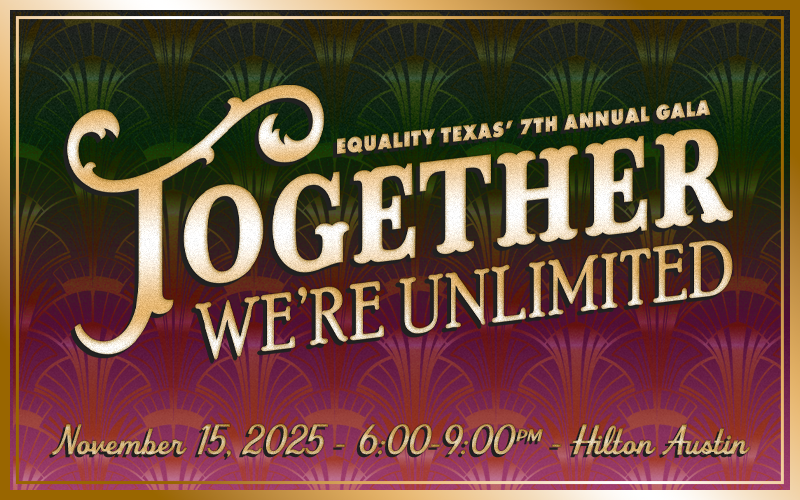Safety & Violence Prevention
White Supremacy
In recent years there has been a significant increase in hate groups in Texas, particularly in the DFW area. As neo-nazis feel more emboldened to take to the streets with swastikas and other symbols of hate, LGBTQIA+ Texans have been under attack. Just as Hitler and the Nazis of the early 20th century targeted Magnus Hirschfeld’s library with a vast array of books exploring gender and sexuality, so too today anti-semitism, racism, and transphobia emerge as common themes in the modern white supremacist movement.
Preventing Violence
Toxic and demeaning rhetoric from public officials and public figures has not only helped to spread disinformation about trans people, it has emboldened the most violent to act out their hateful fantasies. In order to make our society safe for all, including our trans neighbors, we must build trust with allies outside the community and build safe spaces within the community. Law enforcement and local officials need to be trained about the issues facing our community and how to work within neighborhoods to address the trend in violence against trans people in this state.
Hate Crimes
LGBTQ+ people are 9 times more likely than non-LGBTQ+ people to be victims of violent hate crimes. And it is very likely that this number is being underreported. In the state of Texas, violence against transgender people is not considered a hate crime. While the James Byrd Jr. Hate Crimes Act includes sexual orientation in the list of protected classes, it does not include trans people. This means that the heightened sentences that result from committing hate crimes do not apply to offenders that intentionally target trans people, nor are incidents of violence against trans people included in hate crime statistics.
Ensuring more accurate hate crime statistics requires expanding the law and educating law enforcement to identify hate crimes. Correct hate crime statistics help local governments understand what challenges they are facing and can be a starting point for meaningful community engagement about potential solutions.
Gay/Trans Panic Defense
The so-called “gay/trans panic” defense is a legal strategy to reduce the sentence of a violent offender by blaming the victim. Defendants can simply say that the reason they assaulted another person was because once they discovered that their victim was gay or trans, they panicked. In practice, this operates as a mitigating factor allowing violent criminals to receive a lesser sentence simply because of whom they were attacking and implies that violence against queer and trans people is acceptable or understandable under certain conditions. This defense is currently legal in 30 states, including Texas.
Anti-Doxxing & Digital Safety

Social media should be a place where everyone has the freedom to express themselves, while feeling safe to do so. Digital violence against the LGBTQIA+ community is escalating. Doxxing, or the practice of publicly sharing private information, has placed many trans and queer people’s physical safety at risk. Social media accounts may vilify activists, leading to far-right internet sleuths investigating and exposing an individual’s private information. In order to remain safe online, anyone who speaks publicly about LGBTQIA+ issues should use discretion when determining which details to divulge in public settings, and carefully evaluate their digital hygiene. If you are interested in speaking out publicly about LGBTQIA+ issues, but remain concerned about public exposure, please contact Equality Texas for guidance and tools for remaining safe while advocating.
